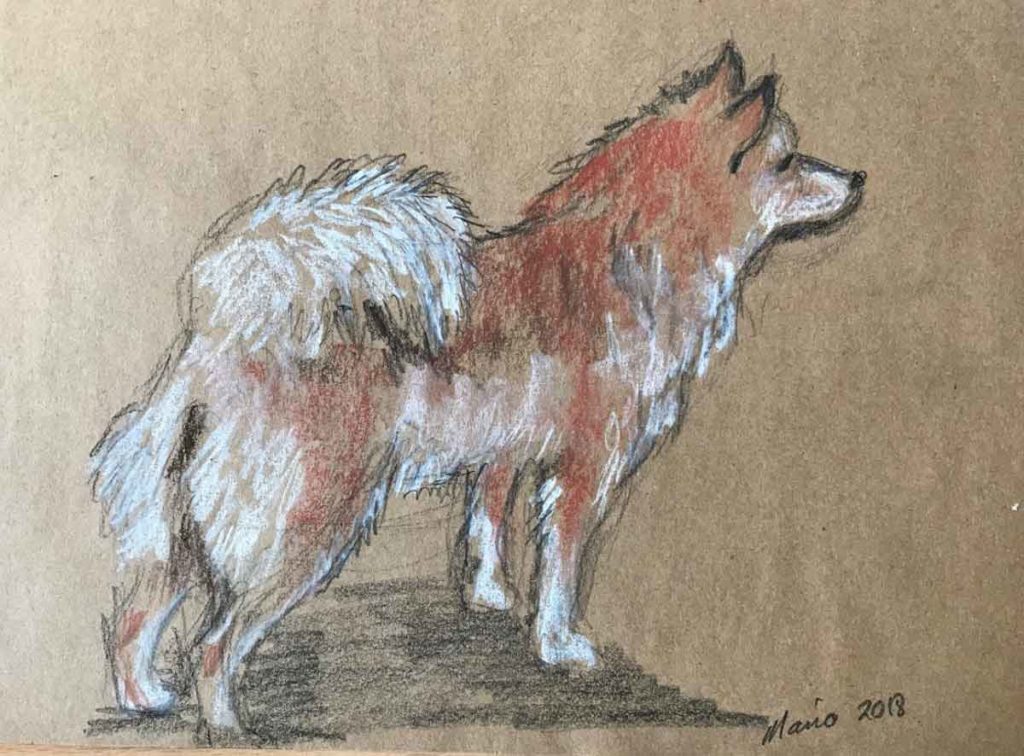The Icelandic sheepdog belongs to the group of Nordic dogs. He is a friendly, curious, lively dog, robust and courageous with a gentle mind. At the time of the land seizure, the Vikings brought him on ships to Iceland, along with other farm animals on ships.
At that time, a good dog was highly valued and what one can scarcely imagine today: He was able to exceed the value of a horse by all means. His job was to keep the sheep and horses away from the mowing fields with his barking. Even foreign visitors were reported by his loud barking, but without him attacking the visitor.
In the Middle Ages, this breed was particularly in demand among the English elite. The dogs often served as family dogs. But on top of that, English shepherds recognized the good qualities of the Icelandic sheepdog and used it.
Unlike the Icelandic horse, many foreign dog breeds were brought to Iceland in the 19th century and crossed with the Icelandic sheepdog. In 1950 there were only a few dogs on very remote farms in Iceland that showed all the characteristics of the breed. Iceland lover Mark Watson along with Icelandic veterinarian Páll A. Pálsson, recognized the danger it posed to the breed. Therefore, they started again with the pure breeding of the Icelandic dog.
Today, the race is no longer threatened by extinction. However, the population is not very large, about 100 pups are born in Iceland every year.

